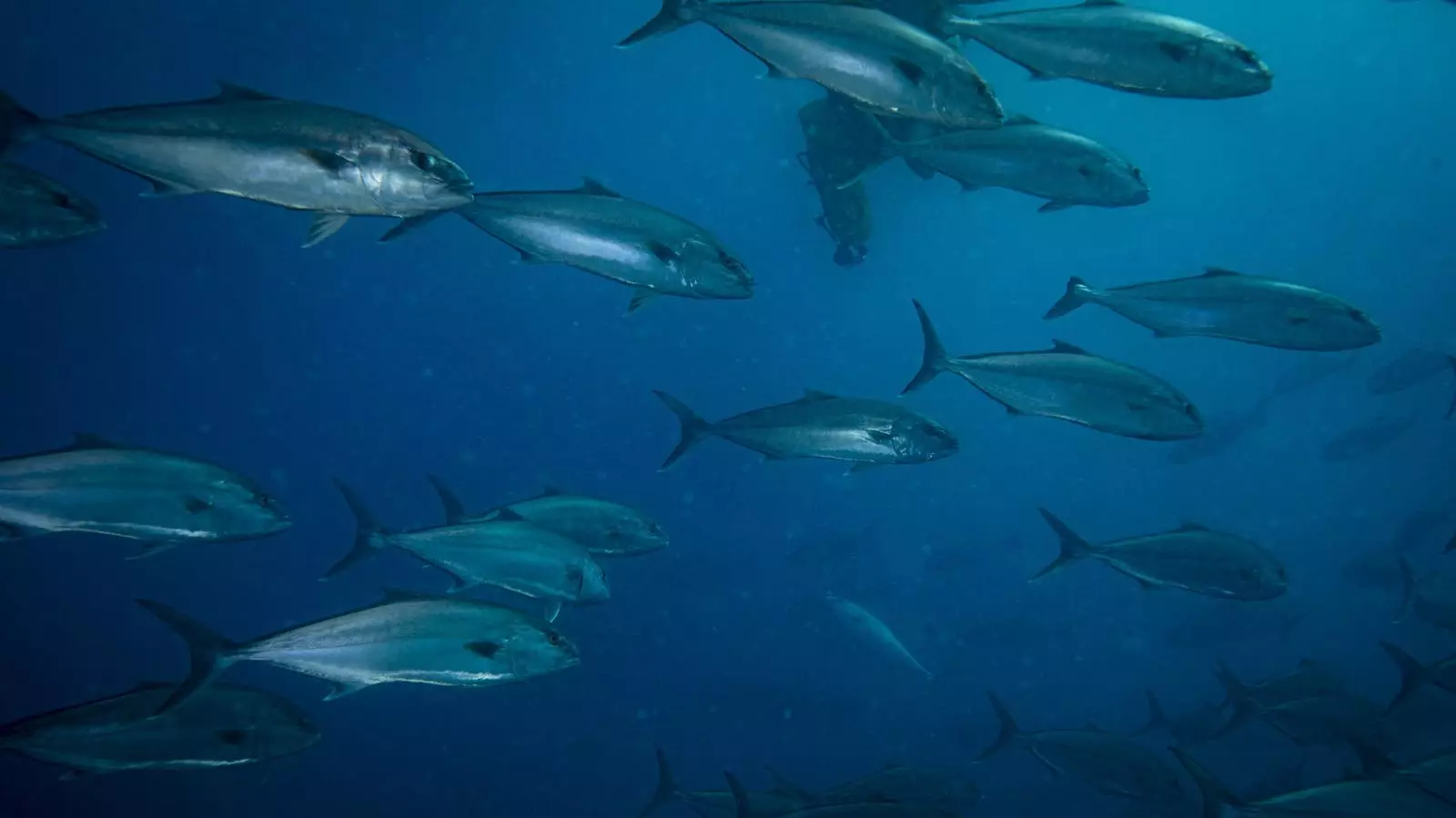The importance of blue food systems in our global diet cannot be overstated. For over 3 billion individuals, aquatic resources serve as a primary source of essential nutrients and protein. Moreover, the livelihoods of around 800 million people depend directly on these systems, illustrating their critical nature not just for health, but for economic stability as well. However, discussions surrounding the future of food often leave blue foods in the shadows, raising the question: are we truly prioritizing this vital sector as we strive for sustainable food systems?
Currently, blue food systems are at a precarious turning point. The potential exists to evolve these systems into sustainable models that benefit both people and the planet. However, without swift and informed action, we risk continuing down a path reminiscent of the damaging legacies associated with industrial agriculture. Environmental crises threaten blue food resources, mirroring challenges faced by terrestrial agriculture. Issues such as climate change, pollution, and habitat destruction jeopardize the health of aquatic environments, necessitating an urgent pivot toward sustainability.
Despite these threats, the majority of those employed in fisheries—approximately 90%—are engaged in small-scale operations, which contribute roughly 40% of the global catch. This demographic signifies that resilience is possible; small-scale fishers are not merely at the mercy of industrial behemoths. Their perseverance and agency underscore the necessity to empower these communities in efforts to create sustainable pathways for food security. By fostering support for small-scale fishing, we can simultaneously enhance ecological integrity and community livelihoods.
Across the landscape of blue foods, various initiatives are emerging, spearheaded by inspiring leaders dedicated to fostering a new generation. The North American Marine Alliance, for instance, aims to create economically sound and equitable fishing communities. Their focus on diversifying food sources is a comprehensive approach to strengthening the fabric of blue food systems.
Moreover, projects like the Lift All Boats Project exemplify how mentorship can bridge gaps in access to aquaculture careers. This initiative helps young people find pathways to meaningful employment within the fishing industry, combating the hurdles faced by those without traditional entry routes. Similarly, the work of Imani Black with Minorities in Aquaculture highlights the essential need for inclusivity in this sector. By creating networks that encourage women of color to engage with aquaculture, the project not only addresses diversity issues but also enriches the field with new perspectives and experiences.
Creativity and innovation in the blue food sector are critical to its evolution. For example, Chef Eric Gephart emphasizes the melding of traditional fishing practices with modern, sustainable technologies. Initiatives like Wholechain advocate for greater transparency and traceability within seafood supply chains, ultimately benefiting consumers and producers alike. Meanwhile, organizations such as Fed By Blue are leveraging media to promote policies for responsibly sourced aquatic foods, thereby embarking on a path that blends sustainability with public awareness.
Furthermore, the establishment of aquaponics centers, such as Oko Farms in New York City, is an inspiring example of how urban landscapes can incorporate aquaculture. Coordinated by Yemi Amu, the initiative not only bolsters local food security but also educates urban residents on sustainable farming techniques. Urban aquaponics represents a shift toward localized food production while simultaneously nurturing community involvement and awareness.
The choices made today will shape the trajectory of blue food systems worldwide. Emerging data suggests that progress is possible, especially in nations like the United States, where fishery health indicators are on a gradual upswing. Recent guidelines released by the United Nations Food and Agriculture Organization provide a robust framework for sustainable aquaculture practices, further motivating stakeholders across the globe to embrace responsible fisheries.
Ultimately, every individual holds significant power as a citizen eater. By selecting sustainably sourced seafood and supporting small-scale fisheries, consumers can drive demand for systems that respect ecological balance. The collective purchasing decisions made today can echo across communities, reinforcing sustainable practices and promoting environmental stewardship.
The future of blue food systems hinges on our immediate actions. With clear momentum toward sustainability, there is hope for transforming blue foods into thriving avenues for health and livelihoods. By fostering a sense of empowerment among small-scale fishers and advocating for innovative community projects, we can together navigate the complexities and opportunities inherent in blue food systems, ensuring a secure and sustainable culinary future for generations to come.


Leave a Reply